As a pet owner, did you ever feel if you are feeding your cat the proper diet? Yes, I am sure you did because you care about your feline friend and want to keep her healthy and fit without making any compromise. Your cat needs proper nutrition because the right type of diet not only keeps them healthy but also improves their digestive system and dental health.
So, if you need some advice about your cat’s nutrition, then you have come to the right place. In this ultimate guide, you will learn which food is best for your cat!
Basics About What Foods are Good
Cats are obligate carnivores, which means they only eat animal items for nutrition. Cats developed as hunters who ate prey with a high protein content, moderate fat content, and low carbohydrate content, and their diet still requires these broad proportions today. Vitamins, minerals, fatty acids, and amino acids are the additional nutrients cats need.
Your cat requires particular amounts of each nutrient to be healthy, which is not necessarily better. This is especially true of vitamins and minerals; thus, supplementation is unnecessary if your cat eats a well-balanced and well-rounded diet. Supplements can be hazardous to your cat, so only offer them with the vet’s permission. Moreover, make sure your beloved cat has access to clean freshwater along with the proper diet.
Quantity of Nutrition Required by an Adult Cat
Overfeeding a cat or feeding them less can affect their health. While feeding your cat, you should examine the quantity of nutrition based on the following factors.
● Age
Before feeding your cat, first, determine her age and life stage. Different cats have different nutritional needs, such as kittens, adult cats, pregnant, and nursing cats requiring different nutrition quantities.
● Weight and Size
If your cat belongs to a specific breed, such as Maine Coons, then she is more likely to need a large portion of food. Cats of the same breed also require less food because of their smaller frame than others. In addition, if your cat is not in her ideal body condition, then adjust her eating routine depending on what and how much you should feed her.
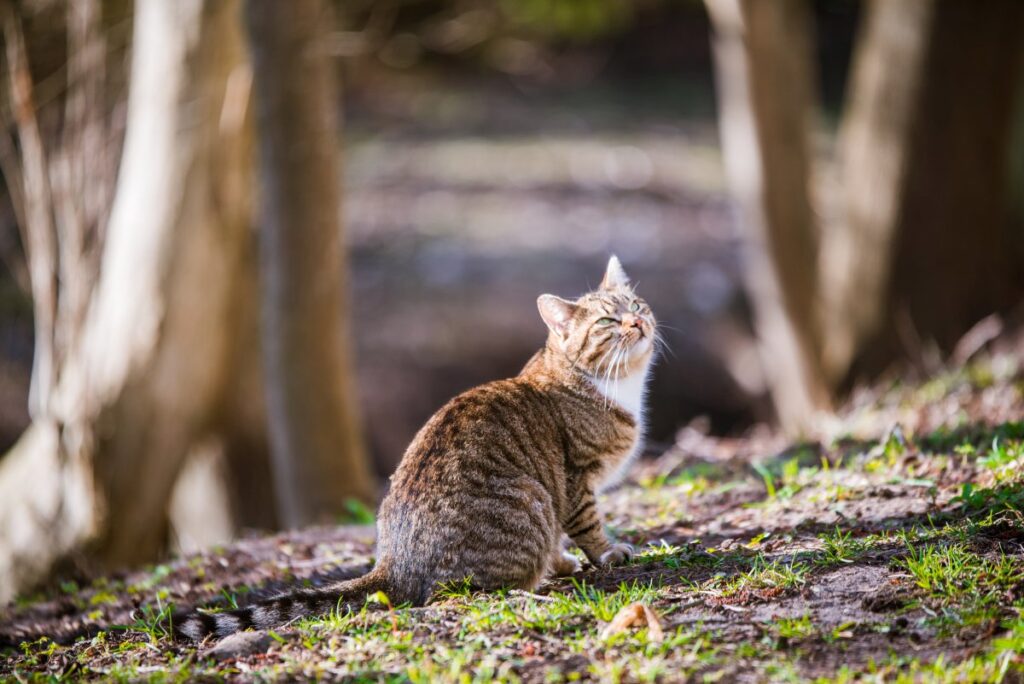
● Activity Level
If your cat is more active and plays throughout the day, then she may need more calories than those who spend their time napping.
● Indoor vs. Outdoor Cat
Outdoor cats require more calories than indoor cats would. Cats living in cold regions are more likely to need more food in the cold months.
● Reproductive Stage
Generally, pregnant and nursing felines ought to have limitless admittance to a portion of food that fits them or all their life stages to satisfy the serious wholesome needs that reproduction puts on their bodies. Talking to a vet is the best option you should consider when it comes to feeding cats because they can tell you what and how much you should feed your cat based on the above factors.
How Much Water Should My Cat Consume?
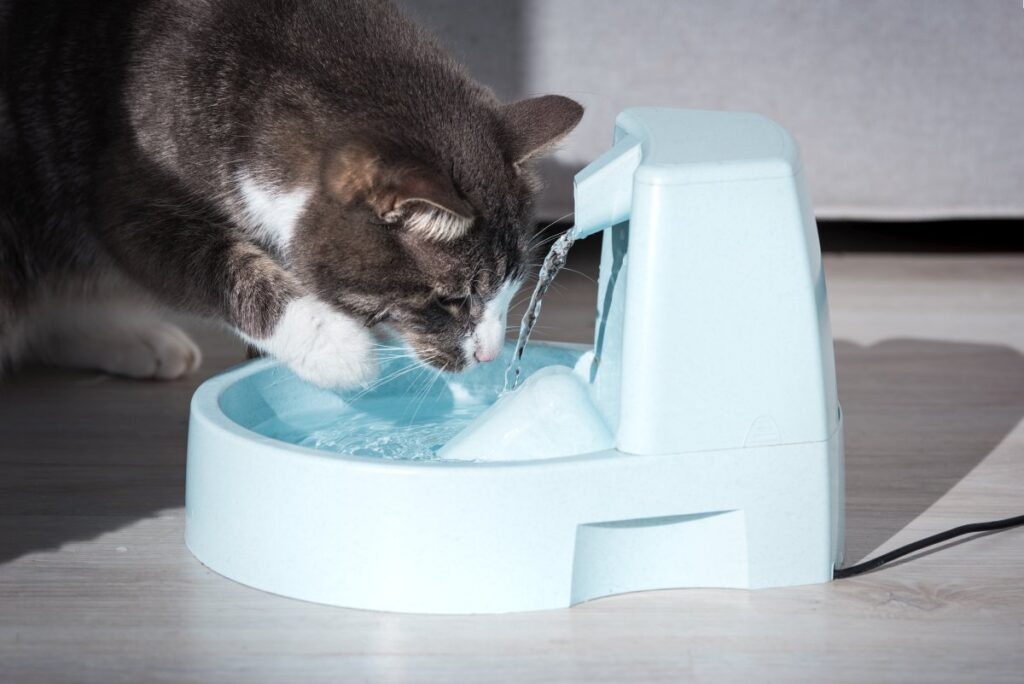
The amount of water your cat consumes depends on her body weight. If your cat weighs about 5 pounds, she may need a daily amount of 3.5 to 4.5 ounces of water per day. But if your cat is 10-pound, she needs to take between 7 to 9 ounces of water.
If your cat eats wet food, then you may have noticed that she doesn’t drink much water because wet food itself contains 80% water. Wet food is a highly beneficial diet for cats because, through this food, your cat is consuming her daily amount of needed water, which is essential for cats with diabetes, kidney disease, or urinary tract issues.
If your cat is home all day and eats dry food, then your cat is not consuming much water from their food. They need to keep themselves hydrated by drinking water separately from their water dish.
Mistakes in Cat Nutrition You Might be Making
Many pet owners think that feeding a cat is easy, right? But let me tell you it is not as easy as you think. As time passed, science has discovered many things that tell us what is good and bad for cats to eat. Here we have listed some common mistakes cat owners make while choosing cat nutrition.
● Overfeeding
Overfeeding a cat is the most common mistake any pet owner could make. Many cat parents think that feeding their cat more than their needed diet will make their cat healthy. But no, if you are one of them, then you are making a big mistake. A study was conducted on more than 8 thousand cats, and it was found that 35% of them were obese, and the reason behind it was overfeeding. Yes, obesity is not only about looks; it has a massive impact on the cat’s health. Your cat might seem healthy, but overfeeding impacts her quality of life. Therefore, never exceed the feeding guidelines and provide your cat with separate meals.
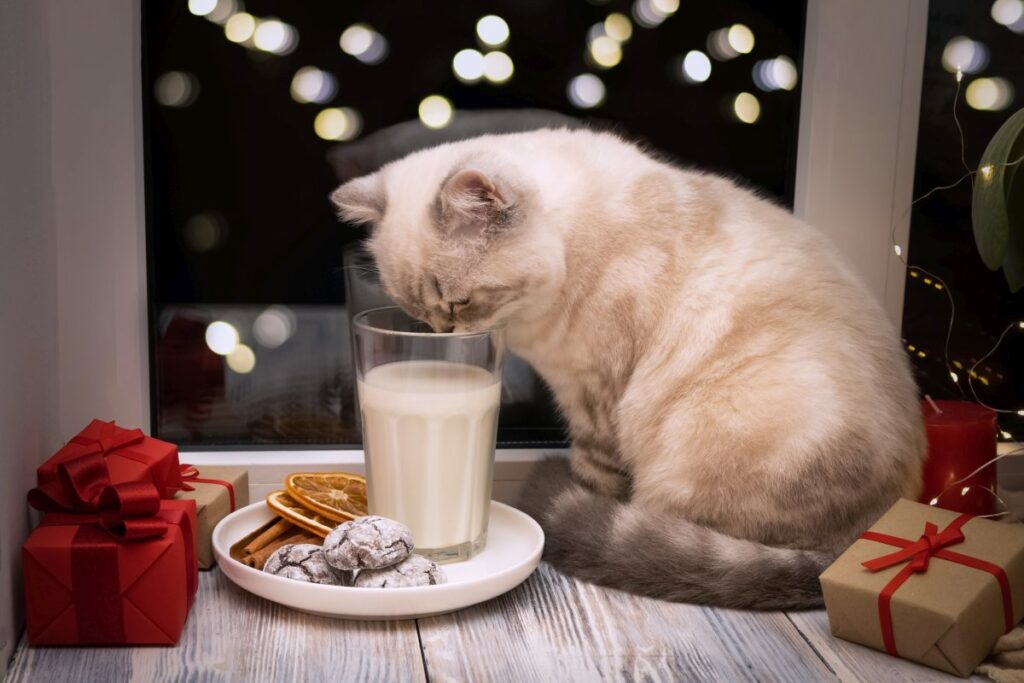
● Feeding Milk
Cats love the taste of milk, but unfortunately, a lot of milk causes diarrhea and gastrointestinal issues in cats because milk contains lactose that cats do not completely digest.
● Introducing New Foods Quickly
It is okay to introduce food varieties in your cat’s daily food. Still, switching foods frequently may lead your cat to develop gastrointestinal issues such as diarrhea or vomiting. Cat’s digestive system cannot adapt to the new ingredients fast. In this condition, most cat owners tend to assume that the food is terrible to the cats’ health, without paying attention to the importance of introducing new cat food steadily.
● Too Many Treats
Like humans, pets also like to get a good treat for doing a well-done job. But giving too many treats to your cat can cause diet imbalance and obesity because there are a lot of calories present in treats. According to experts, treats should not exceed 5 to 10 percent of a cat’s daily calorie intake.
● Feeding Dry Food Constantly
Cats mostly intake water with food because they naturally have a less thirst drive. If you are feeding your cat dry cat food, you should make her drink a cup of water daily because dry food only contains 10% of moisture content. Moreover, dry food has loads of grain and potato, which is only helpful in maintaining the cat’s structure.
Learn how to balance the wet and dry food for your cat here!
Healthy Snacks and Treats for Your Cat
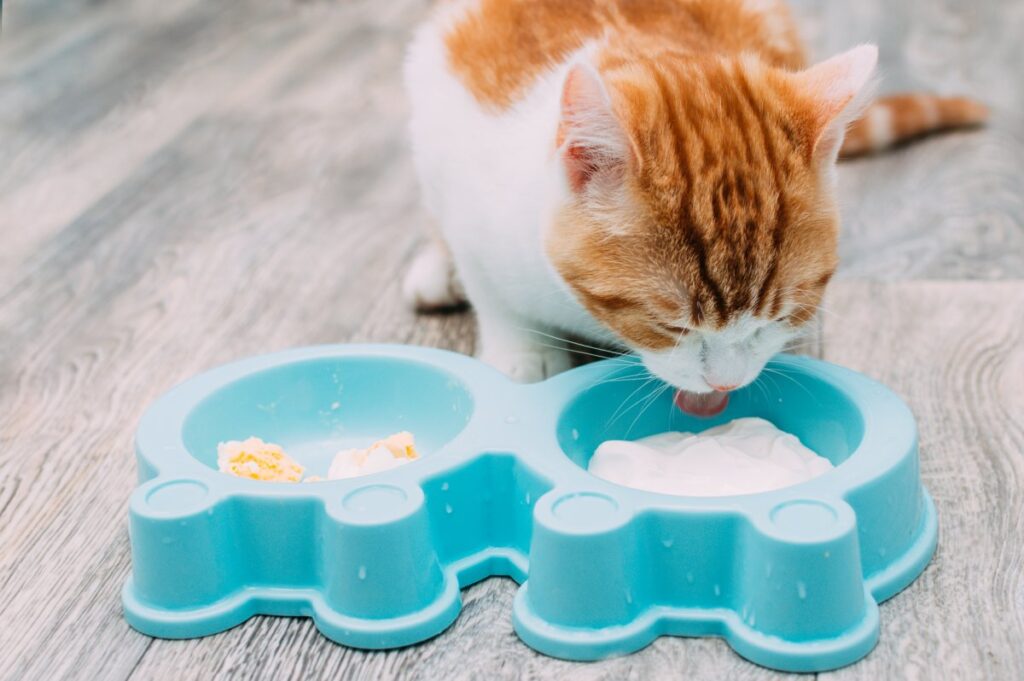
● Meat
Meat is the most favorite food of cats. They need meats as the source of protein to keep a good vision, strong heart, and healthy reproductive system. Giving a small amount of cooked beef, chicken and turkey is a great way of keeping your cat healthy. Avoid giving your cat raw or spoiled meat as it can make your cat sick.
● Eggs
If you want to feed your cat some more protein, why not add eggs? Eggs are the super source of protein. While giving your cat an egg, make sure it is cooked like raw fish and meat, as raw eggs can cause harm to your pet’s health.
● Fish
Want to keep your cat’s eyes sharp? Then feed fish, as it contains a lot of Omega- 3 fatty acids, which are good for cats’ eyes and help with different disorders such as kidney disease, heart disease, and arthritis. Giving them sushi is not a good idea; instead, give them cooked fish as a treat.
● Grains
Oats are simple to prepare and have high protein per calorie. Many cats enjoy maize, and polenta, a coarsely ground cornmeal, has an appealing texture. Brown rice, barley, and wheat berries can all be used, but they must be mashed first. Smaller grains, such as millet and couscous, appeal to cats. Just make sure any grains you give your cat are cooked so they can thoroughly digest them. It’s also fine to use whole wheat breadcrumbs.
● Vegetables
All cats don’t like vegetables, and fruits are even less popular among cats. They are, however, a good source of vitamins and are high in fiber and water, which aid digestion. Fresh cucumber or melon, steamed broccoli, or asparagus are good options. However, you might have a better chance of slipping them into a veggie burger; just make sure the patties don’t contain onions or garlic.
● Bones
When it comes to feeding bones to the cats, it is safe for them if you are giving them the right one. Avoid giving your cat cooked bones as they can splinter and cause harm to your cat; instead, give them smaller ones.
Feeding raw meaty bones is a good option as they provide good teeth cleaning, jaw exercise, and mental stimulation. In addition, offer your cat raw meat 1 to 2 times a week because adding too many bones to a diet can lead your cat to constipation and hard stool. Ultimately, this may cause a blockage that can be a health risk for your cat if not treated timely.
● Cheese
Cheese is a high-protein snack suitable for cats if given in small amounts. However, cheese protein is not as “perfect” as meat, fish, and egg protein. Also, many cats can’t handle dairy products, so take a cheesy treat and omit the milk pan.
Some Vitamins and Supplements to Add to their Diet
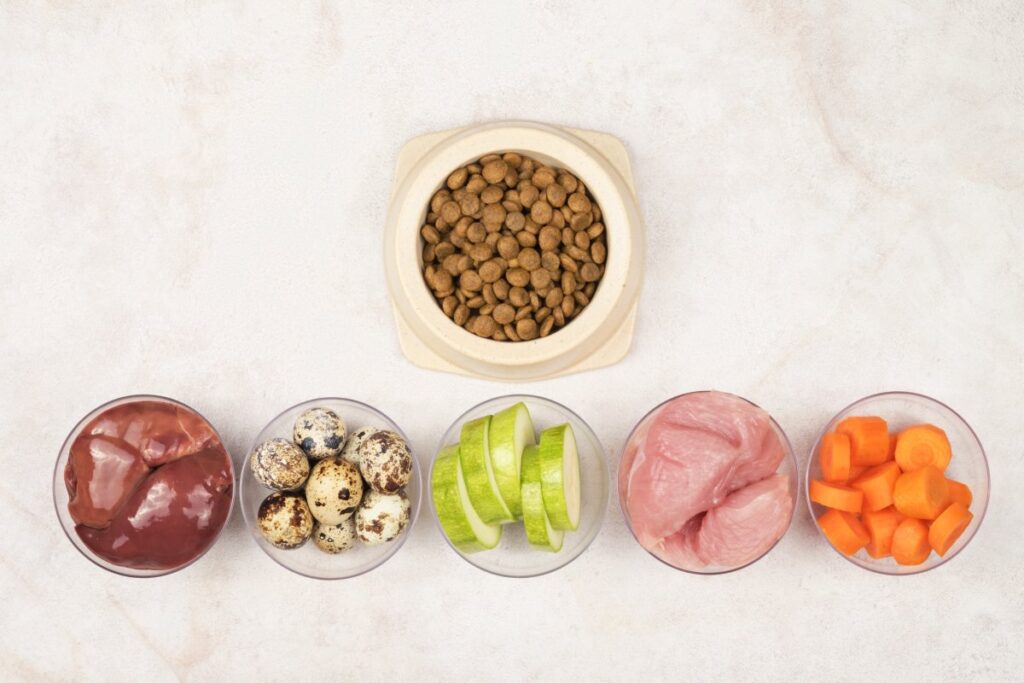
Vitamins are found naturally in many cat food ingredients, including animal tissues, vegetables, fruits, vegetable oils, seeds, and grains. However, it is almost impossible to provide all the vitamins to cats needed at just the proper levels without including a vitamin supplement in the manufacturing process. According to the Association of American Feed Control Officials (AAFCO), the following vitamins should be present in cat food.
| Vitamins | Role |
|---|---|
| Vitamin A | It is essential for a cat’s vision, reproduction, tooth growth, and maintaining skin and mucous membranes. |
| Vitamin D | This vitamin helps increase the level of calcium and phosphorus to support the growth and maintenance of cats’ bones. |
| Vitamin E | It is an essential antioxidant. |
| Vitamin K | It is necessary for normal blood clotting. |
| Riboflavin | It releases energy from fats, proteins, and carbohydrates. |
| Niacin | It helps in the processing of carbohydrates, fats, and protein. |
| Pantothenic Acid | It boosts the metabolism of fats, carbohydrates, and some amino acids. |
| Biotic | It helps make amino acids, fatty acids, and DNA/RNA. |
| Thiamin | It plays a vital role in carbohydrate metabolism. |
| Vitamin B12 | It is required to conduct fat and carbohydrate metabolism. |
| Folic Acid | It is necessary to synthesize amino acids and DNA. |
| Choline | It is essential for neurotransmitter and lipid transport. |
| Pyridoxine | It helps in metabolizing glucose, amino and fatty acids. |
Supplements to Add in Your Cat’s Nutrition
If you give your cat homemade cat food, you must know how tricky it is. While making homemade cat food, using supplements and oils is a must. Still, you also need to be careful what you add to your cat food because only a few supplements are okay.
Sunflowers, fish, corn oil, canola, flax, and safflower are excellent to add to a cat’s food. In addition, adding calcium supplements is a great choice too. However, while making cat food, you need to ensure that all ingredients are mixed equally and not off-balance.
Wrap Up
Although many cats are willing to consume only one type of food, others may develop fussy eating habits and become highly picky about the foods they will eat. Feeding your cat two or three different cat diets gives flavor variety and may help your cat form a single food preference. A cat who refuses to eat may develop major health issues. This is true for sick cats who have lost their appetite, cats on a diet, and picky cats who refuse to eat. A veterinarian should examine any cat who refuses to eat and loses weight.
We hope the above information has cleared all your queries regarding your cat’s nutrition and will help you take care of your cat with more love.

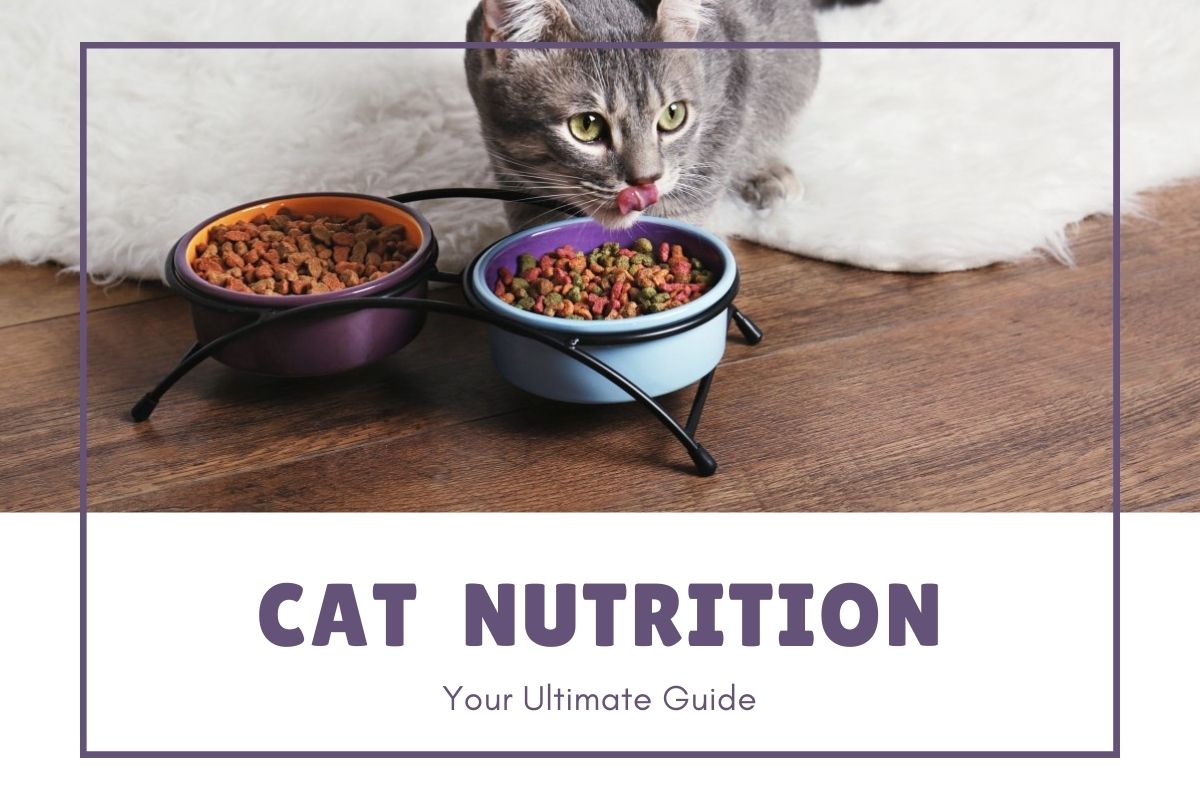
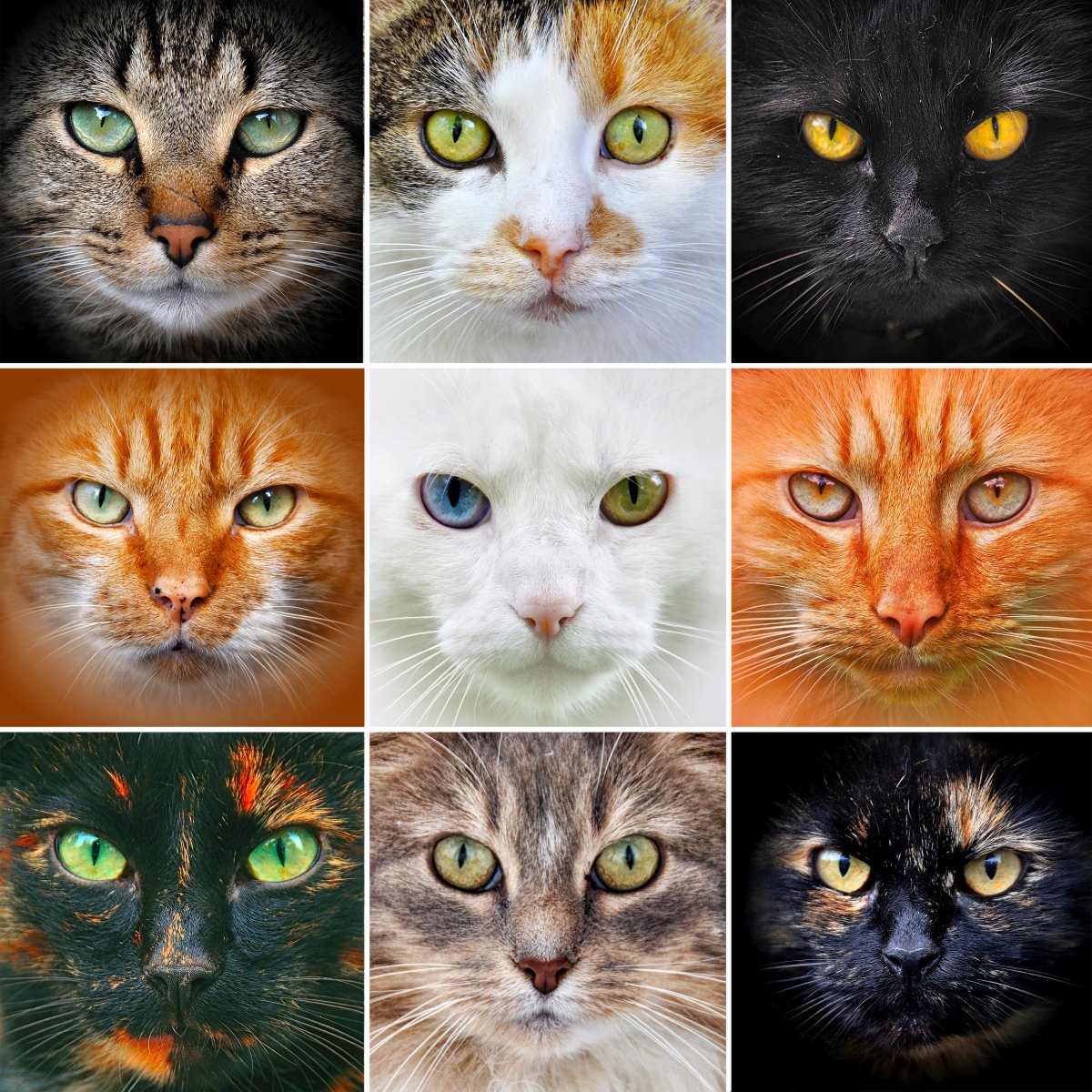
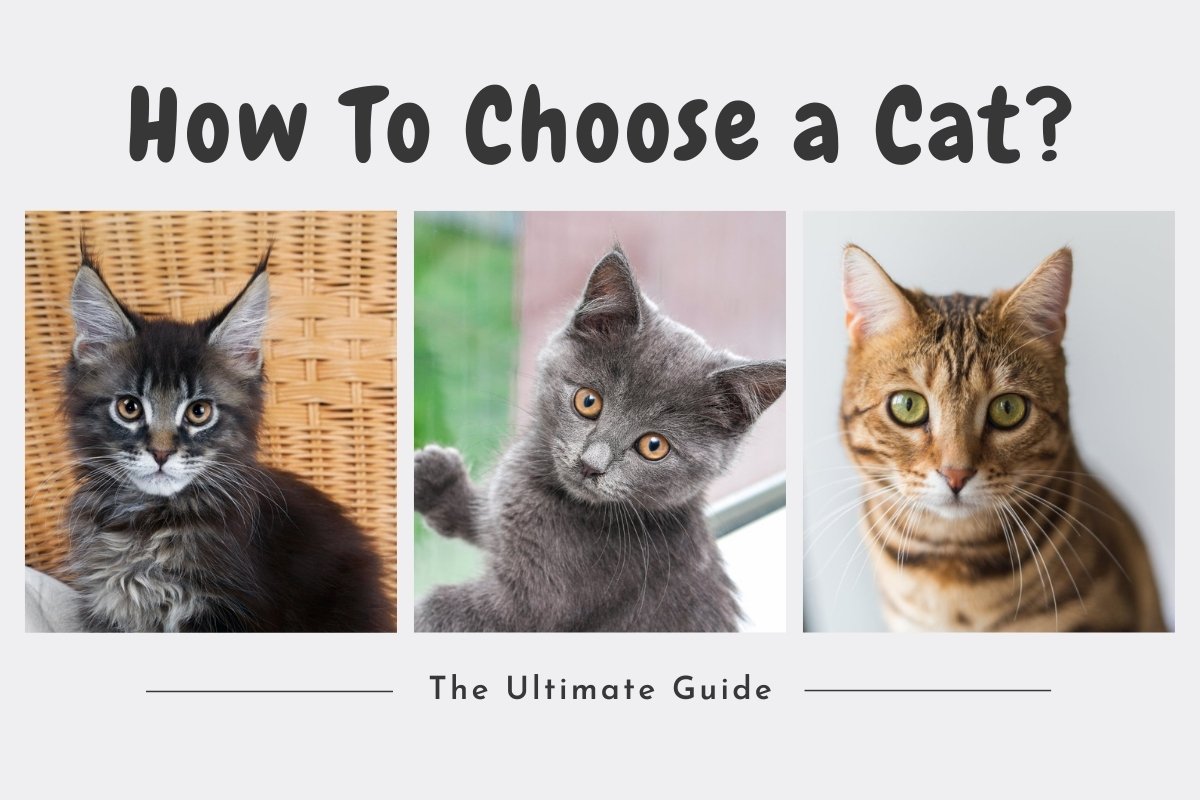
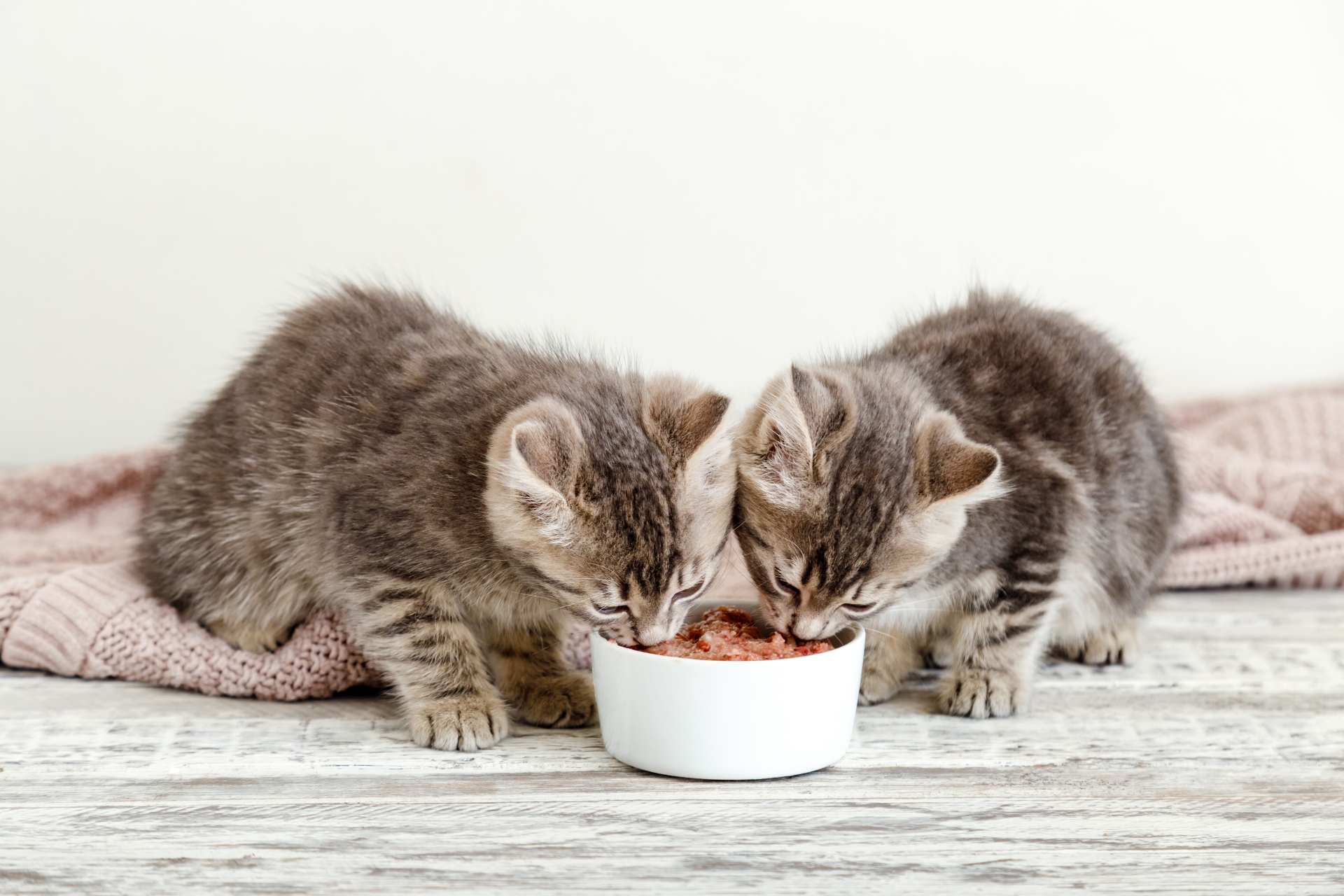
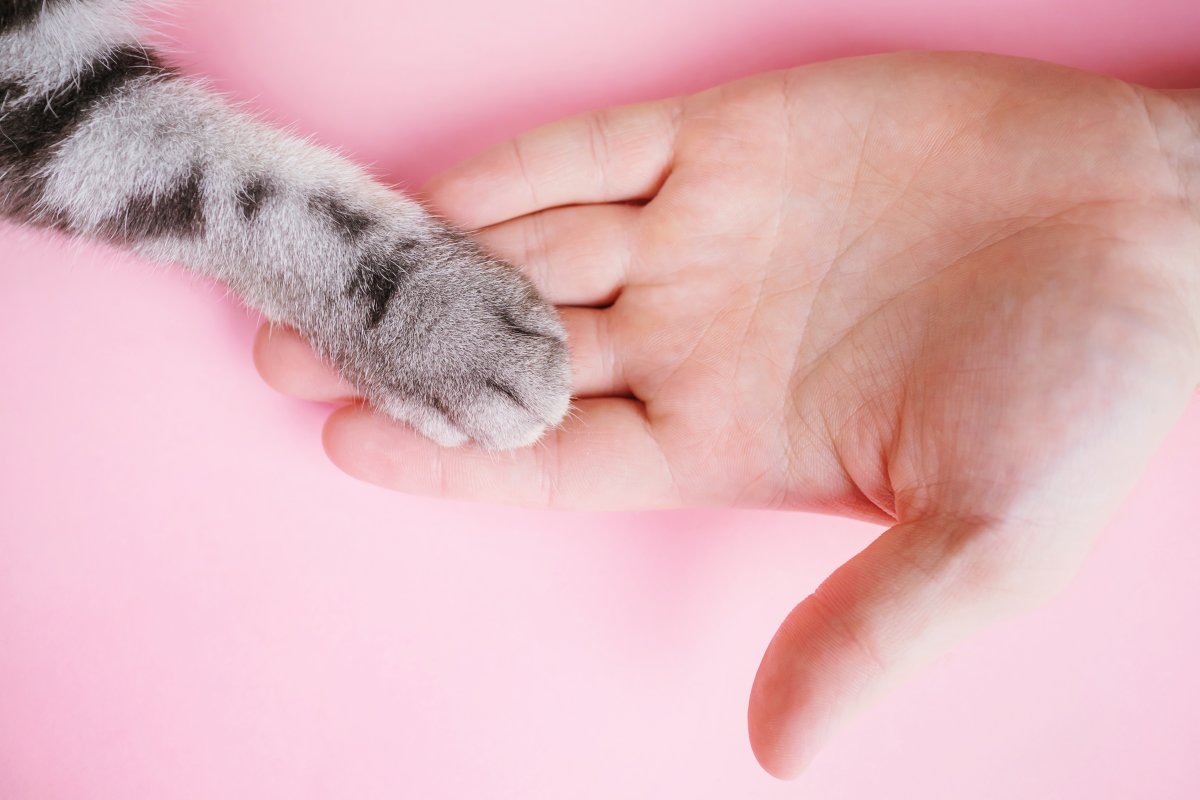
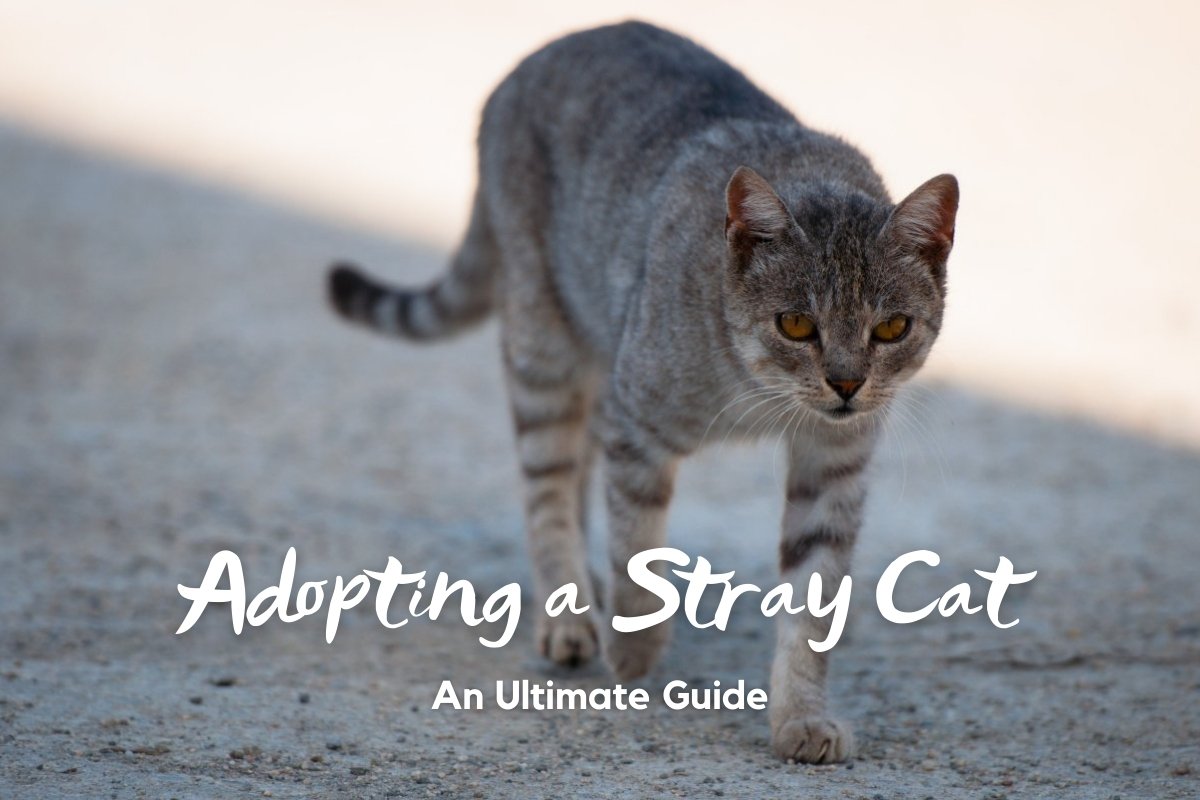
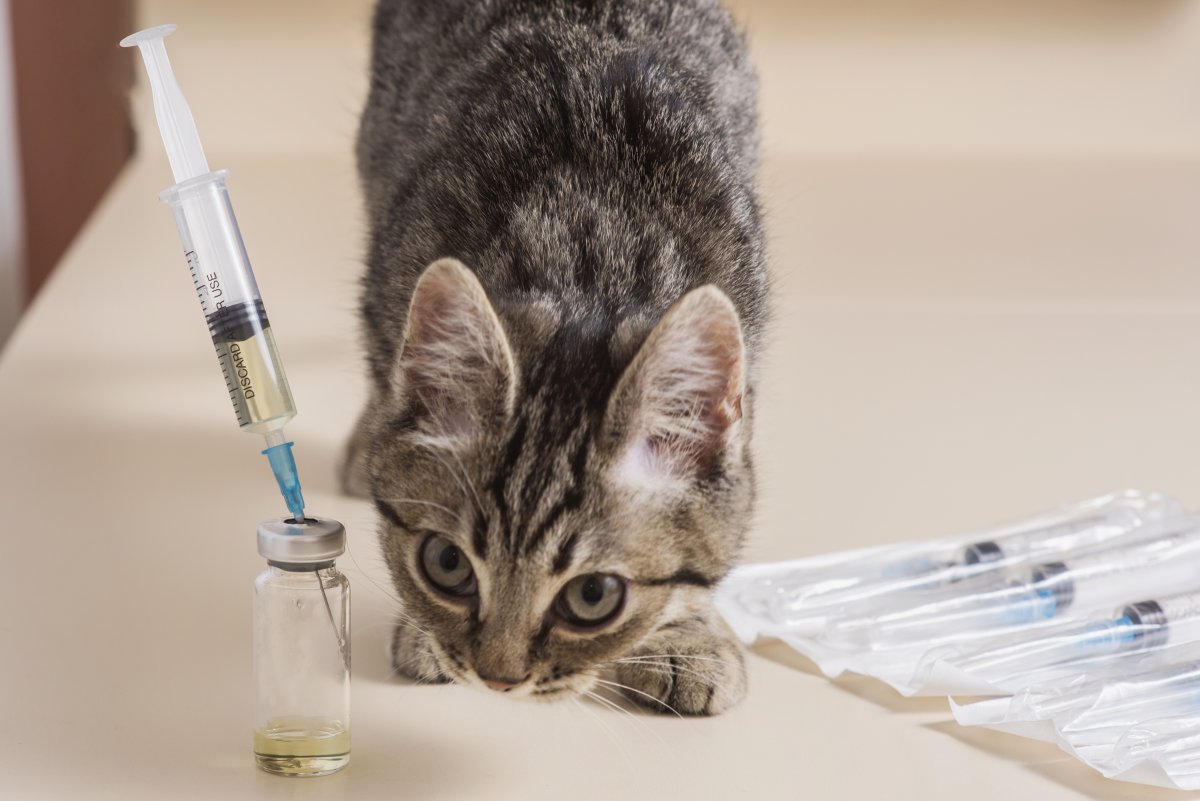
7 comments